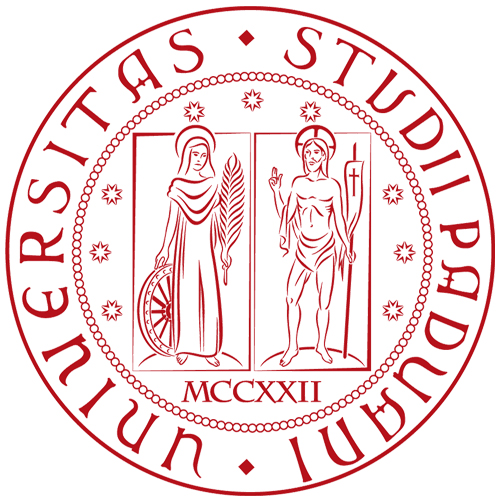
PHRC004 : Dedication of the Basilistai to Sarapis, Isis and Anubis, Thera - Cyclades (280-220 BC) Dedication
Permanent ID http://s.phrc.it/phrc004
Images:
Photo 1: drawing of the offertory-box, from Hiller von Gaertringen 1899, p. 260
Photo 2: detail of the inscription, drawing, from IG XII 3 443
Photo 3: the sanctuary of the Egyptian deities, with the niche for the offertory-box, from Hiller von Gaertringen 1899, p. 259
Photo 4: photo of the sanctuary (S. Caneva CC-BY-SA 4.0)
Photo 5: photo of the original location of the thesauros (S. Caneva CC-BY-SA 4.0)








